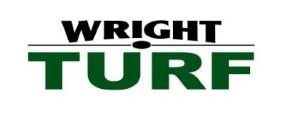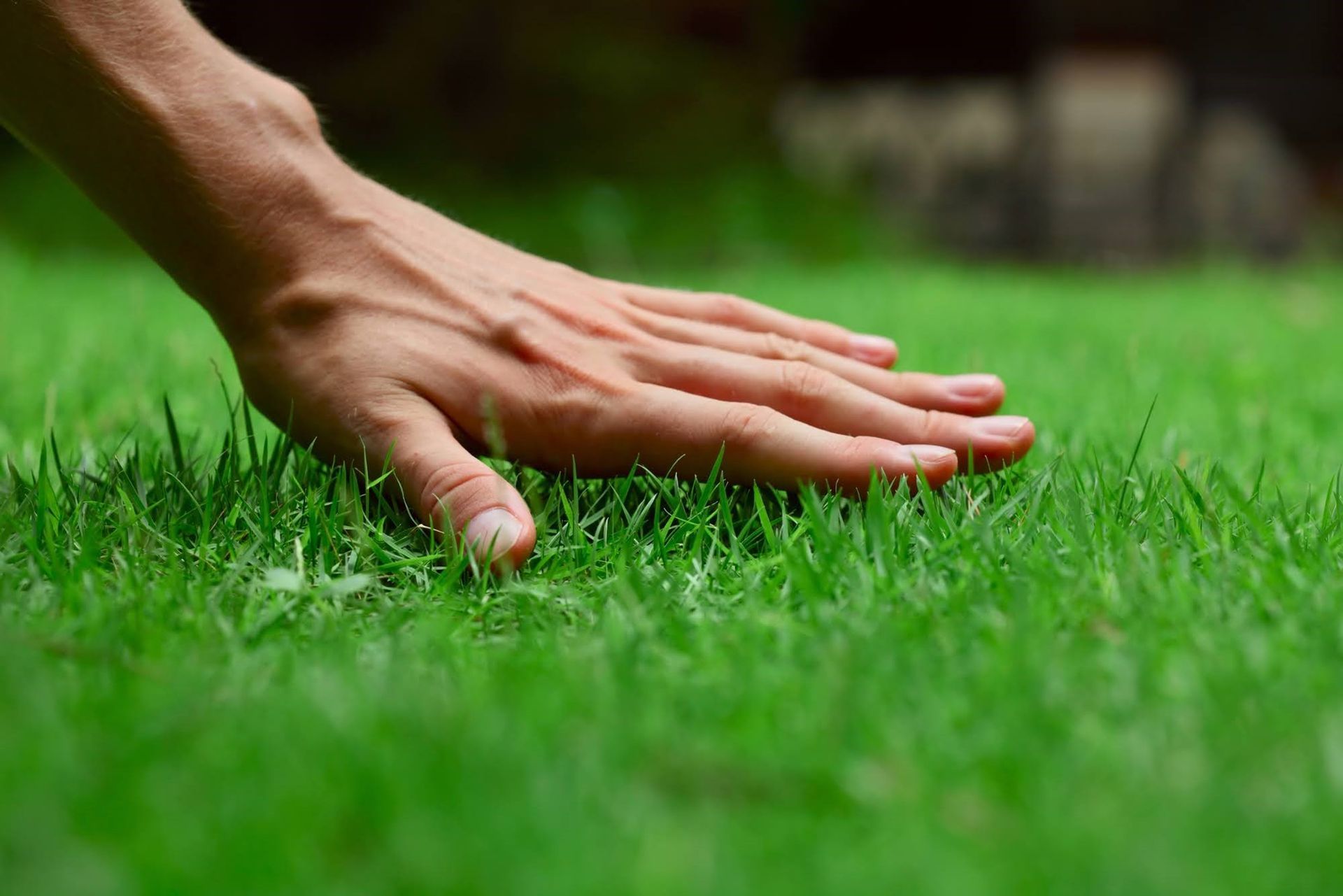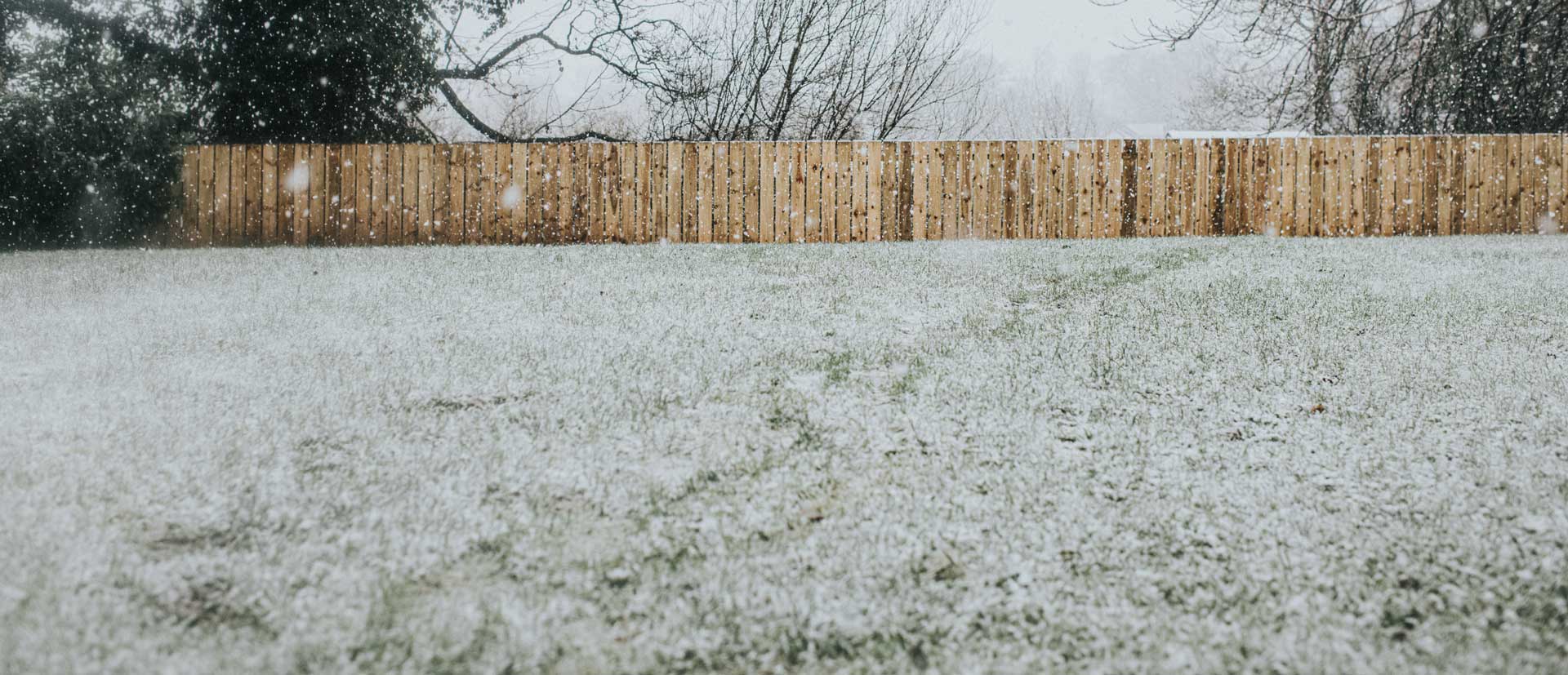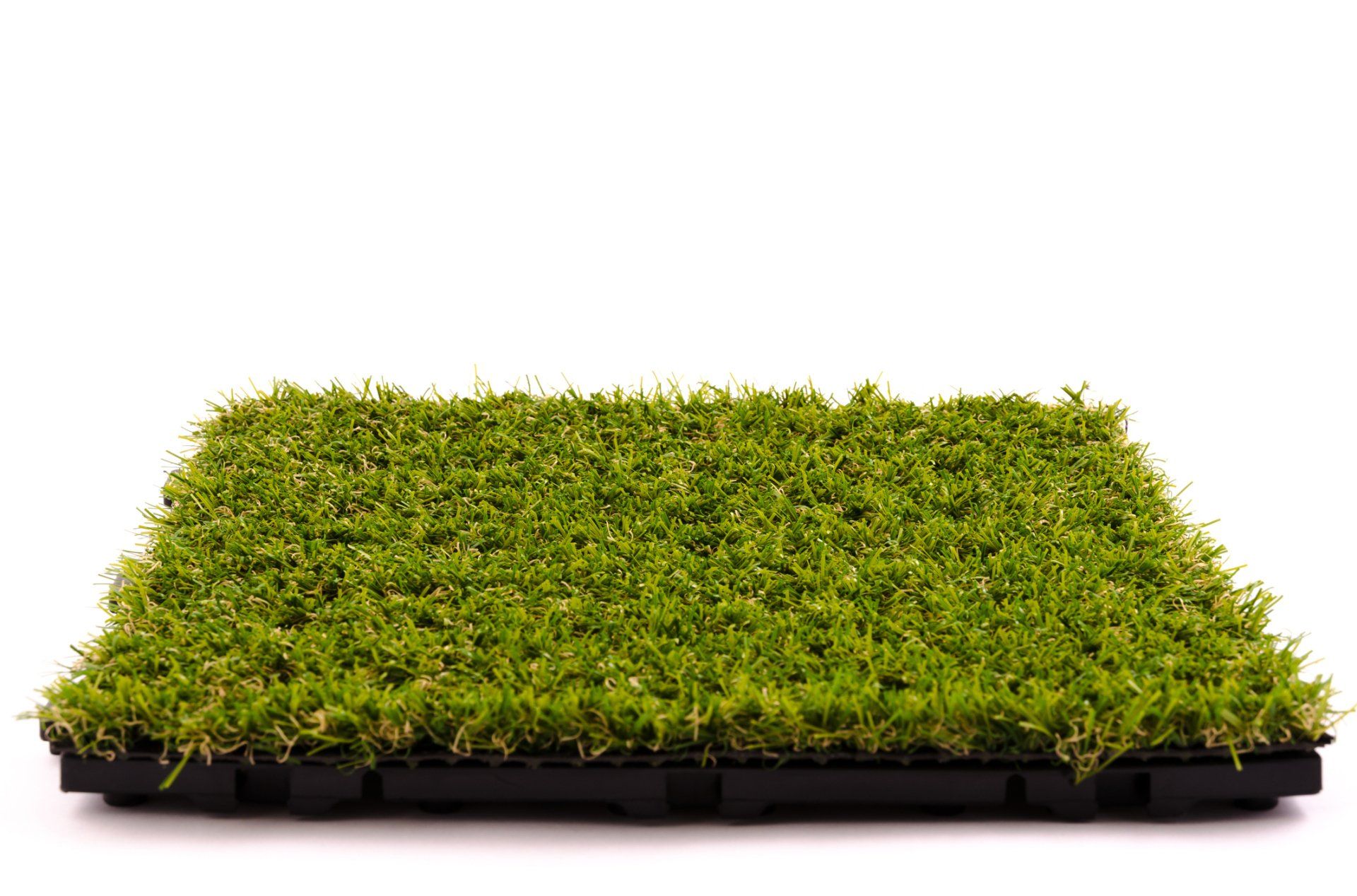5 Reasons Not to Lay Down Sod Over Existing Grass
- By Admin
- •
- 20 Dec, 2021
- •
Do you want to replace some or all of your lackluster lawn with fresh, new sod? Because you do not have to struggle to start new grass from seed, a layer of sod can be a cost- and time-effective means to spruce up a lawn and prevent landscape deterioration.
But given how much extra work you will do in order to remove the existing grass, should you just lay down the new sod over it? The answer is usually no. Learn five reasons why.
1. The Height Will Change
If you replace just a portion of an existing lawn - perhaps an area that already died or suffered damage - laying new sod on top of the current layer means raising the height of the sod. The new section may be visibly different depending on how much grass is underneath. In addition to not matching as well, this can also cause new drainage issues.
2. Roots May Struggle
While sod comes with a thin layer of soil to get it started, the grass roots must take hold in the ground quickly to keep it healthy and thriving. But the more space between your new grass roots and that soil, the harder for these to knit together. In addition to a larger space, the old lawn forms a barrier that may physically prevent root growth.
3. Gaps Create Problems
Anyone who has ever tried to lay down a layer of anything on top of uneven existing material likely knows how hard removing gaps and bubbles is. This is one reason why sod preparation includes removing all the debris and rocks from the ground before the sod arrives.
If you skip this step, gaps will likely end up in your sod layer despite your best efforts. This allows water to pool and puddle, sometimes causing rot and other times preventing water from reaching the lower levels. Air bubbles and empty spaces can also cause misalignments with gases, nutrients, and minerals.
4. Problems May Return
Why are you replacing your old lawn sections? If you have struggled with infestation or invasive plants or if you need a grass species more suited to the climate, you may not want anything left from the old grass. Without thoroughly removing the plants, tilling the soil, and possibly treating it, anything still in the ground can easily come back to cause new trouble. This includes weeds, old grass, pests, and disease.
5. You Will Have to Prep Anyway
The idea of simply rolling out new sod on top of the old grass sounds like a big time-saver. But even this plan is not as simple as it seems. You still need to reduce the height of the grass as much as possible, sometimes over multiple mowing and trimming sessions. You may need to kill the grass so it does not block the new sod from taking hold. And you will have to fix whatever problems caused the problem in the first place.
If you will spend significant time and work to prep this site anyway, this may not be as great a shortcut as you want. You will have to do plenty of work and may still end up with a subpar result.
Clearly, how much prep work to do before bringing in new sod depends on many factors. You may even have times when leaving the old grass is a better choice than removing it. However, before you choose either method, start by consulting with the sod professionals at Wright Turf. We will help you assess your needs and find the right balance between effort, budget, and the best lawn possible.
But given how much extra work you will do in order to remove the existing grass, should you just lay down the new sod over it? The answer is usually no. Learn five reasons why.
1. The Height Will Change
If you replace just a portion of an existing lawn - perhaps an area that already died or suffered damage - laying new sod on top of the current layer means raising the height of the sod. The new section may be visibly different depending on how much grass is underneath. In addition to not matching as well, this can also cause new drainage issues.
2. Roots May Struggle
While sod comes with a thin layer of soil to get it started, the grass roots must take hold in the ground quickly to keep it healthy and thriving. But the more space between your new grass roots and that soil, the harder for these to knit together. In addition to a larger space, the old lawn forms a barrier that may physically prevent root growth.
3. Gaps Create Problems
Anyone who has ever tried to lay down a layer of anything on top of uneven existing material likely knows how hard removing gaps and bubbles is. This is one reason why sod preparation includes removing all the debris and rocks from the ground before the sod arrives.
If you skip this step, gaps will likely end up in your sod layer despite your best efforts. This allows water to pool and puddle, sometimes causing rot and other times preventing water from reaching the lower levels. Air bubbles and empty spaces can also cause misalignments with gases, nutrients, and minerals.
4. Problems May Return
Why are you replacing your old lawn sections? If you have struggled with infestation or invasive plants or if you need a grass species more suited to the climate, you may not want anything left from the old grass. Without thoroughly removing the plants, tilling the soil, and possibly treating it, anything still in the ground can easily come back to cause new trouble. This includes weeds, old grass, pests, and disease.
5. You Will Have to Prep Anyway
The idea of simply rolling out new sod on top of the old grass sounds like a big time-saver. But even this plan is not as simple as it seems. You still need to reduce the height of the grass as much as possible, sometimes over multiple mowing and trimming sessions. You may need to kill the grass so it does not block the new sod from taking hold. And you will have to fix whatever problems caused the problem in the first place.
If you will spend significant time and work to prep this site anyway, this may not be as great a shortcut as you want. You will have to do plenty of work and may still end up with a subpar result.
Clearly, how much prep work to do before bringing in new sod depends on many factors. You may even have times when leaving the old grass is a better choice than removing it. However, before you choose either method, start by consulting with the sod professionals at Wright Turf. We will help you assess your needs and find the right balance between effort, budget, and the best lawn possible.
If you manage or intend to build a playing field, you'll want visually appealing and long lasting sod that requires minimal maintenance. Read for more.
A variety of pests can wreak havoc on your lawn, turning it from a source of pride to a patchwork of problems. Read this blog to find out more about them.
Landscapers can help get your soil ready for sod planting. Discover five solutions they might recommend and implement to get soil ready for sod.
Some individuals are hesitant to try sod due to the various myths surrounding the installation. Read this blog on myths to determine if sod is for you.
If you have a pet dog, you need to take special care of your sod. Learn to balance your pet's needs with the needs of your lawn today.
A brown spot interrupt the beautiful, green lawn you work so hard to cultivate. Learn a few common causes and remedies for these dead spot downers.
If your grass takes forever to grow even after you follow all the instructions, two common problems may be the cause. Learn how to fix these issues.










